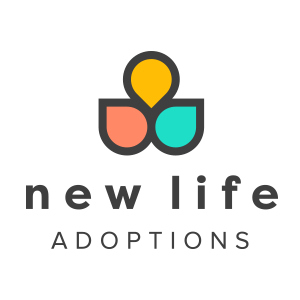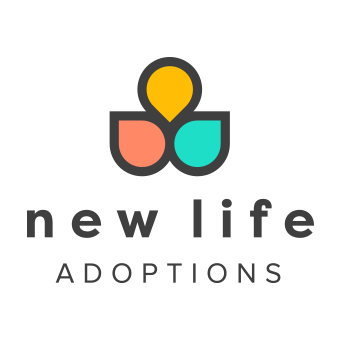Do you enjoy choosing to be uncomfortable? If your answer is no, you are far from alone. Most of us like to stay in our comfort zone and to know what is expected and what to be prepared for. Of course, there are those who love challenge, change, and excitement. There are some personality types who tend to take risks, and they may choose an activity or a profession that regularly puts them in uncomfortable situations. Some people choose to be uncomfortable because of the adventure. Even more than personality type or profession, however, the decision to choose something difficult or uncomfortable is the belief in the mission or purpose behind it.
Choosing the Uncomfortable
Now, what does this have to do with adoption? When we think of birth parents and adoptive parents, by either choosing to place a child for adoption or growing their family through adoption, all parties are choosing to live in the uncomfortable. There are many unknowns along the adoption journey that require those to face the uncomfortable.
There are many unknowns along the adoption journey that require those to face the uncomfortable.
In the adoption world, the concept of “both/and” is becoming more prevalent, especially in the last decade or so. From Brittany Salmon’s book, It Takes More Than Love, she writes, “Adoption is complex. It’s joy and suffering and loss and gain and hope and disappointment all in one. From an adoptive parent standpoint, we gain a lot. But it needs to be said clearly that adoptees and birth families lose much during this process” (Salmon, 2022, p.14). Again, there is not only happiness in adoption — there is also sorrow. While a child is gained in one family, there is significant loss for the birth parents and their extended family as well as the child him/herself.
Both Gains and Losses
Some may think, “How can adoption be anything but happy for the adoptive couple?” While there are many gains, there are also risks for the adoptive parents. They may experience a disruption, where a baby was placed with the adoptive family, but the mother then makes a parenting plan. In this case, there are well-wishing thoughts for the parent reunifying with their baby and grief for the family that cared for him/her. They had hoped for the future with this little one, but later had to say “goodbye” to the child that had filled their hearts and home.
Choosing the Mission
For both the birth and adoptive parents, choosing adoption means they are balancing their hopes for the child with the risk involved with counting on another person to follow through with their decision. For the birth parents, their mission is to make a plan to place their child with the family that they have chosen with the best interests of the child in mind. Birth parents have many reasons they might choose to place their child with another family but, no matter their specific reasoning, they are selflessly choosing to experience grief and discomfort. They have made the decision that they cannot provide a home for their child.
For both the birth and adoptive parents, choosing adoption means they are balancing their hopes for the child with the risk involved with counting on another person to follow through with their decision.
For the adoptive parents, they desire to grow their family, and their mission is to open their hearts to a child placed with them. Their discomfort comes from choosing to parent another person’s child with a myriad of risks involved. The child could have significant medical needs, face questions about his or her identity, or struggle with their relationship to adoption. While there are certainly risks in parenting a biological child, choosing the mission of adoption creates an additional layer of potential challenges.
Openness
Birth parents and adoptive parents often have an expectation of some kind of openness with one another. Again, for the best interest of the child, they are taking the risk of trusting someone else to keep up their “end of the bargain.” While this is beneficial for everyone, especially the child, it can be an uncomfortable relationship at times. Openness for the birth parent can help them feel peace in their decision to place by knowing their child is being cared for. For the adoptive couple, they can know medical history for the child, and they can have a special relationship with someone else who loves and cares for their child deeply.
Openness for the birth parent can help them feel peace in their decision to place by knowing their child is being cared for.
So, are you ready to accept this mission of adoption – either to place or to adopt a child? Whether you are already on this journey or just considering it, take time to introspectively work through the reasons why you entered this journey of adoption and took on the possibility of being uncomfortable. For those who have chosen adoption, you know that in the uncomfortable, blessings can be found.
Salmon, B. (2022). It Takes More Than Love: A Christian Guide to Navigating the Complexities of Cross-Cultural Adoption. Moody Publishers.




